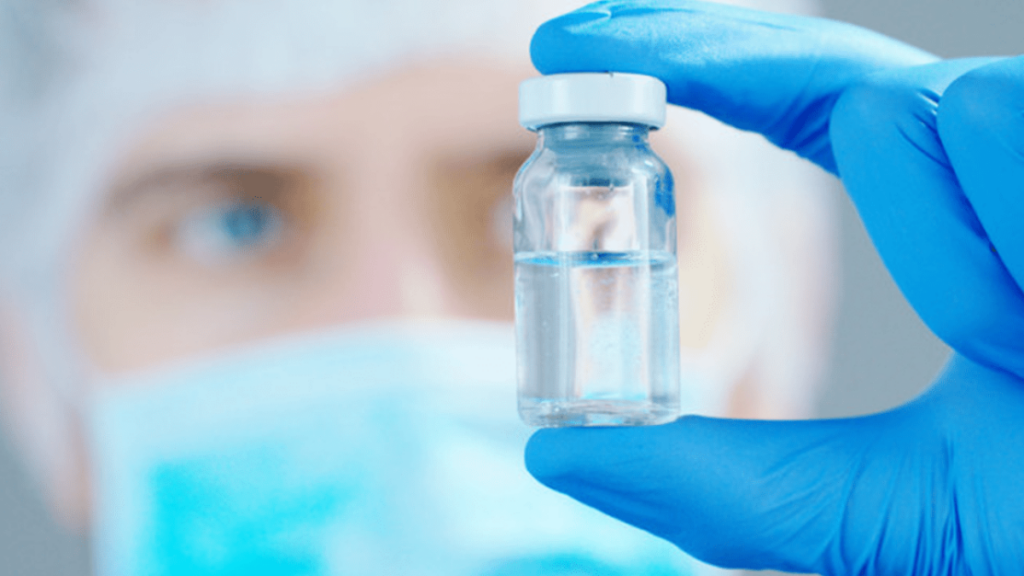The Shortage of Medicinal Glass Bottles
Contents
With the launch of the global new crown vaccination, the global demand for vaccine glass bottles has surged, and the prices of raw materials used to make glass bottles have also skyrocketed. The production of vaccine glass bottles has also become a question of whether the vaccine can flow smoothly to the end audience.
The person in charge of a Chinese medicinal glass bottle company said that not only the total amount of medicinal borosilicate glass tube is needed to purchase, but also the total amount of borosilicate glass tube must be sold to the manufacturer of a medicinal borosilicate glass tube at least half a year in advance. Otherwise, it won’t be easy to get the raw materials within half a year.
Why Does the New Crown Vaccine Bottle have to use Medium Borosilicate Glass?
Neutral borosilicate glass is recognized as an international pharmaceutical packaging material due to its advantages of low expansion coefficient, high mechanical strength, and good chemical stability. The medicinal medium borosilicate glass tube is necessary for manufacturing medicinal containers such as medium borosilicate glass ampoules, controlled injection bottles, and controlled oral liquid bottles. Medicinal medium borosilicate glass tubes are equivalent to the melt-blown cloth in masks. It has rigorous requirements on its appearance, cracks, bubble lines, stones, nodules, linear thermal expansion coefficient, boron trioxide content, tube wall thickness, straightness, dimensional deviation, etc. It must obtain the “Chinese medicine package” approval.
Why is there a Shortage of Borosilicate Glass Tubes in Medicine?
Since the new crown vaccine must be loaded in medicinal medium borosilicate glass bottles, this has also led to a situation in which medium borosilicate glass tubes are in short supply. Under this situation, there will naturally be a shortage of medicinal medium borosilicate glass tubes. In the case of a shortage of medium borosilicate glass tubes, its price will inevitably arise.
Before the outbreak, China’s use of medicinal medium borosilicate glass has been relatively small. According to industry analysis, on the one hand, it is due to production technology; on the other hand, it is caused by defects in my country’s medical glass industry. Due to the small demand for medium borosilicate glass in China, the industry’s products have been dominated by low-end soda-lime glass and low borosilicate glass, which has restricted the research investment and technological development-related processes.
At present, there are two main reasons why China has not vigorously promoted medium borosilicate glass: First, the price of medium borosilicate glass is relatively high. The price of Schott in Germany is about US$4,225/ton, and that in China is about US$1,094/ton. Second, the monopoly of medium borosilicate glass in global imports is serious. Among them, Germany’s Schott, Nihon Electric Glass, and Corning of the United States accounted for 90% of the global market in 2019, and few domestic companies have the strength to get a share of the pie. The SCHOTT family alone occupies about half of the global market share. Company spokesman Salvador Ruggiero told Deutsche TV not long ago that more than 100 vaccine research institutes have booked vaccine bottles with it. This means that three glass bottles of this material are used in every four new crown vaccine projects globally.
The market Scale of Neutral Borosilicate Glass will Continue to Expand
Starting in 2017, it has been proposed that the packaging materials and containers used in injections that directly contact drugs should meet the packaging material standards promulgated by the General Administration. It is not recommended to use low borosilicate glass and soda-lime glass to contain drugs. Relevant documents in 2020 point out “the quality and performance of packaging materials and containers used for injections shall not be lower than that of the reference preparations to ensure that the quality of the drugs is consistent with the reference preparations.” It is understood that the basic use of medium borosilicate glass in the reference preparation, coupled with the promotion of the consistency evaluation of injections, will accelerate the product upgrade of pharmaceutical glass. In addition, the implementation of China’s glass medicine bottles will also be in line with international standards, and the upgrade to neutral borosilicate glass will be accelerated. It is expected that the market scale of domestic pharmaceutical glass is expected to continue to expand in the future.
Dr. Patrick Markschler, Executive Vice President of SCHOTT Glass Tube Business Department, once stated that the total annual volume of medicinal glass in China is about 300,000 tons, of which borosilicate medicinal glass accounts for about 7% to 8%. With the advancement of China’s policies and the concept of healthy China, pharmaceutical packaging will continue to be improved and upgraded, and low borosilicate glass will be upgraded to medium borosilicate glass. It predicts that in the next 5 to 10 years, 30%-40% of China’s 300,000 tons of medicinal glass will be upgraded from low borosilicate glass to medium borosilicate glass.
Medium borosilicate glass requires a significant investment and high precision requirements. To manufacture a high-quality glass tube requires not only superior material technology but also sophisticated production equipment, quality control system, etc., which is a consideration of the company’s comprehensive manufacturing capabilities.

